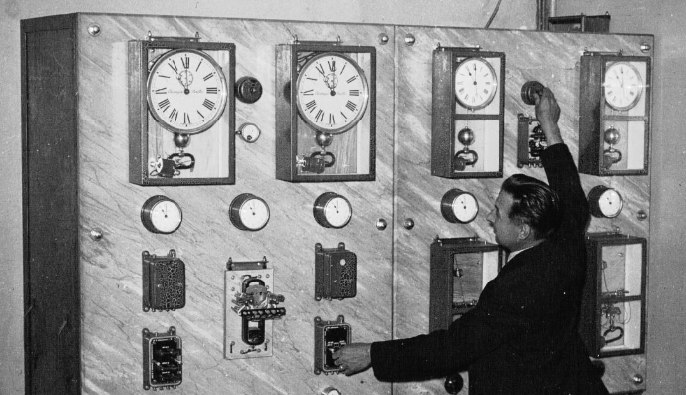SWITRS: Car Crashes After Daylight Saving Time

The daylight saving time (DST) change is awful—we get less sleep and it might not even save energy as was intended! Worse, studies by Varughese & Allen1 and Smith2 have shown that the time change increases the number of automobile crashes! Let’s look for a similar trend in the SWITRS data that I’ve collected.
The Jupyter notebook used to perform this analysis can be found here (rendered on Github).
Crash Ratio
The analysis is relatively simple. I start with the number of crashes that happen on the days following the start of DST in California. I divide the amount of crashes on each day by the number of crashes on the same day of the week but two weeks later.3 Taking the ratio cancels out most of the effects that are unrelated to the time change—like the fact that crash rates vary by 30% depending on the year. Two weeks after is a good choice for normalization because:
-
The weeks after the time change have similar daylight hours to the week of the time change.
-
The crashes rate is still slightly elevated a week later, so normalizing by the very next week hides some of the increase that is due to the start of DST.4
The violin plots below show the distribution of these ratios from the years 2001 to 2016. A value greater than 1 means that there are more crashes during the week when DST starts than two weeks after.
Except for Sunday, every day of the week following the time change has on average a higher rate of crashes! I am surprised that the crash rate stays high the entire week. This indicates that it takes even longer than a week for people to catch up on sleep and for the crash rate to go back to normal.
t-Test
So the “chi-by-eye” plot is suggestive, but I can quantify whether the results are significant using a two-tailed paired t-test. This is the method Varughese & Allen use. Doing so gives the following results.
| Day | t-value | p-value |
|---|---|---|
| Monday | 2.7 | 0.017 |
| Tuesday | 2.5 | 0.023 |
| Wednesday | 1.6 | 0.122 |
| Thursday | 1.4 | 0.191 |
| Friday | 0.9 | 0.361 |
| Saturday | 2.6 | 0.019 |
| Sunday (DST) | -1.6 | 0.121 |
The increase in crashes on Monday is significant, as is Tuesday and Saturday. Sunday is the only day that trends lower (matching the plot), but not significantly.
So daylight savings time causes more crashes, but those of us in California might be in luck! State Assembly member Kansen Chu has introduced a bill to finally do away with DST! Hopefully it will pass and let us all get that hour of sleep we deserve.
-
Varughese, J. and Allen, R. “Fatal accidents following changes in daylight savings time: the American experience” Sleep Medicine. vol. 2, no. 1. 2000. pp. 31–36. doi: 10.1016/S1389-9457(00)00032-0. ↩
-
Smith, Austin C. “Spring Forward at Your Own Risk: Daylight Saving Time and Fatal Vehicle Crashes” American Economic Journal: Applied Economics. vol. 8, no. 2. 2016. pp. 65–91. doi: 10.1257/app.20140100. ↩
-
It is also possible to use the week before or the week directly after the DST change to normalize. For the curious, I have also made a plot using the week before for normalization and the week after. They both show the same trend. ↩
-
I assume that people are back to normal after three weeks, and so I use that week as a control. I then compare that ratios of the control week with one week after the DST change and two weeks after the DST change to see which is more normal. One week after has Monday and Thursday high, indicating people are still having more crashes than we expect. Two weeks after the ratios are near one, and so I conclude people are back to normal by then. ↩